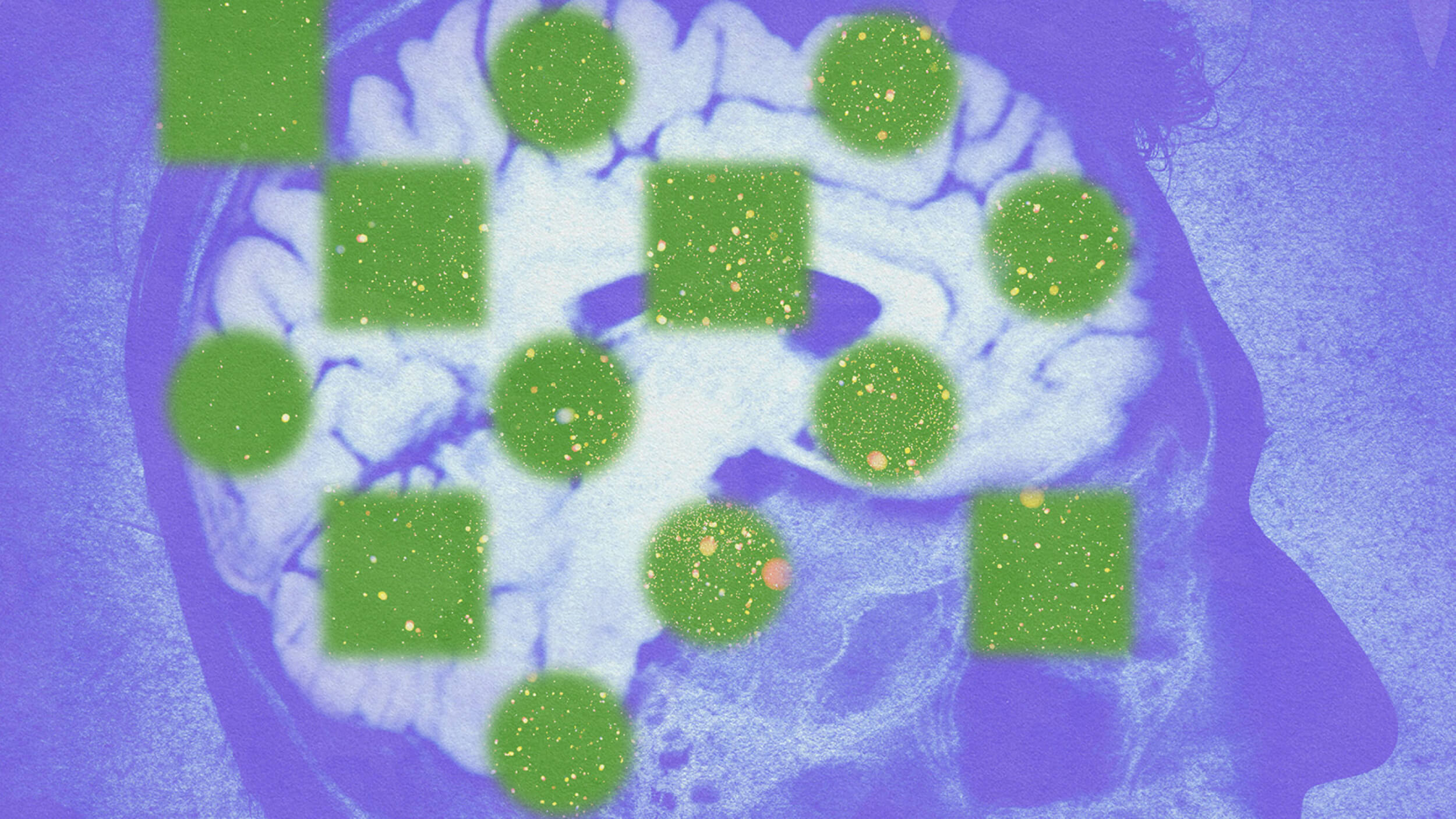Standardized Testing: The Monster That Ate American Education

What’s the Big Idea?
As the Assistant Secretary of Education in the first Bush administration, Educational historian Diane Ravitch became known for her push to establish national standards for K-12 education. From 1997-2004, she served as a member of the National Assessment Governing Board, overseeing the federal testing program.
Now, as the author of The Life and Death of the Great American School System, she’s taking it all back. Well, sort of. Watch the video:
Public education is under attack, says Ravitch. We are living through a movement in which schooling is being radically re-envisioned as a private rather than a public enterprise, with little debate over whether the ideology of the free market belongs in American schools in the first place. Proponents of the movement see standardized tests as a way to evaluate student and teacher performance.
Of course, testing has its uses—in theory, it’s one of the most useful tools for figuring out “this child really needs more time with fractions, this one needs more time understanding this concept or that concept in science or history”—but too many education reformers have come to see test scores as the goal of learning, rather than as an instrument for assessing student understanding.
In practice, test scores are not being used for diagnostic purposes but as a clumsy and myopic way to evaluate (and penalize) American schools, teachers, and students. Since the bipartisan passage of the No Child Left Behind Act (NCLB) in 2001, students have been required to demonstrate “Adequate Yearly Progress” in reading and math, based solely on test performance. Failure means being held back a grade.
Given the historic resistance of Americans to the idea of a “national curriculum,” NCLB stopped short of dictating what content students would learn — that is decided at the state and local level — but it did mandate that states develop tests which children would take in grades 3-8 and at least once in high school. These tests would be used to “compare schools” and districts. Schools must also meet AYP or risk being closed.
The legislation was designed to address the growing achievement gap between rich and poor students in American schools. “The problem,” as Ravitch writes in The Life and Death of the Great American School System, “was the misuse of testing for high-stakes purposes, the belief that tests could identify with certainty which students should be held back, which teachers and principals should be fired or rewarded, and which schools should be closed–and the idea that these changes would inevitably produce better education.”
What’s the Significance?
The fundamental issue today is not choice or standards or accountability, but poverty — a topic which the national conversation about education has so far failed to address. We know that socio-economic status is positively correlated with academic achievement, meaning that the higher a students’ socio-economic status is, the more likely he or she is to do well in school. But neither NCLB specifically, nor the broader testing and accountability movement, considers this factor in evaluations of AYP.
Despite its name, the bipartisan 2001 No Child Left Behind act has done little to improve the learning of children from low-income families, says Ravitch: “I used to think that our society and schools could use tests to improve. But what’s happened with the test – and I don’t think I understood this until No Child Left Behind really went into full implementation — is that tests have now become the linchpin of education.”
We are so test-obsessed that schools are being closed based on test scores, even when those scores reflect that the schools have a heavy enrollment of very poor kids or children with disabilities. We don’t evaluate the problems that need to be solved in that school. We say, “We have to close the school.”
And just as standardized tests can never give us a full picture of where students are coming from, they also fail to convey the full scope of a student’s strengths and weaknesses.
“If we think about what our needs are for the twenty-first century, and not just how do we compete in the world but how do we live in the world, how do we survive in the world, we need a generation of people who will succeed us who are thoughtful, who can reflect, who can think,” says Ravitch. The question is, does testing really provide us with a measure of how well students utilize higher-order thinking skills? If not, perhaps it’s time to reconsider the use of standardized tests as a monolithic means of evaluation in K-12 education.





